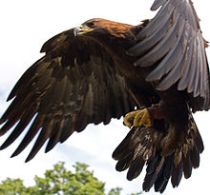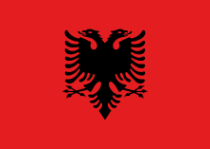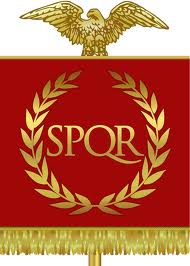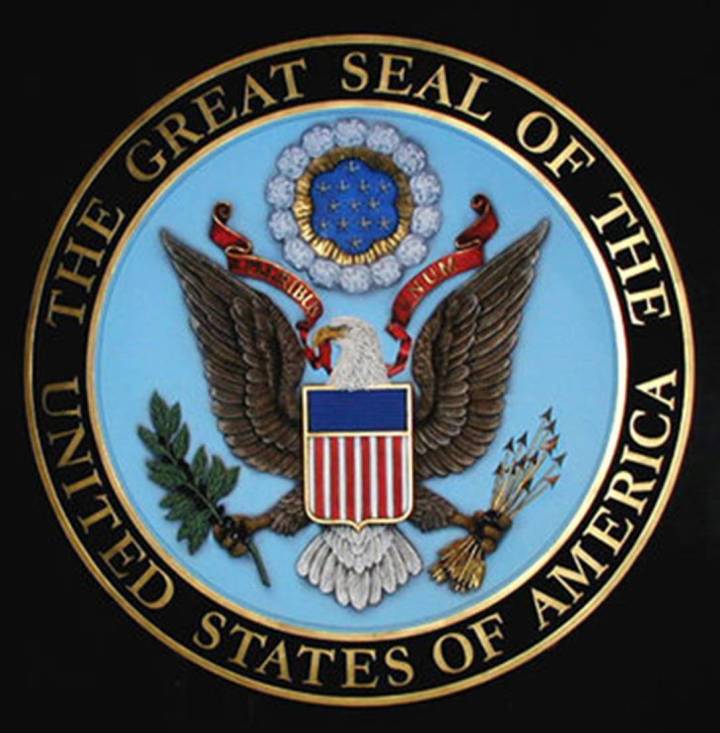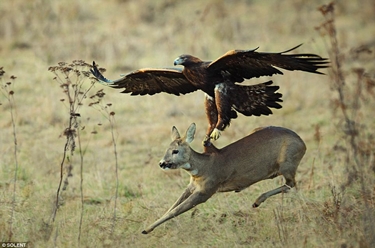
Sean Connery is Scotand’s Greatest Living Scot. He was born in Fountainbridge, Edinburgh and named Thomas Sean Connery after his grandfather. His mother, Euphemia McBain “Effie” (née McLean), was a cleaning woman, and his father, Joseph Connery, was a factory worker and lorry driver. He was generally referred to in his youth as “Tommy”.
Connery’s first job was as a milkman in Edinburgh with St. Cuthbert’s Co-operative Society. He then joined the Royal Navy during which time he got two tattoos, of which his official website says “unlike many tattoos, his were not frivolous—his tattoos reflect two of his lifelong commitments: his family and Scotland. …One …reads “Mum and Dad,” and the other “Scotland Forever.”

Connery was later discharged from the navy on medical grounds because of a duodenal ulcer, a condition that affected most of the males in previous generations of his family. Afterwards, he returned to the co-op, then worked as, among other things, a lorry driver, a lifeguard at Portobello swimming baths, a labourer, an artist’s model for the Edinburgh College of Art, after a suggestion by former Mr. Scotland, Archie Brennan and a coffin polisher. The modelling earned him 15 shillings an hour, Student artist Richard Demarco who painted several notable early pictures of Connery described him as “very straight, slightly shy, too, too beautiful for words, a virtual Adonis.”
Connery began bodybuilding at the age of 18 and from 1951 time trained heavily with Ellington, a former gym instructor in the British army. While his official website claims he was third in the 1950 Mr. Universe contest, most sources place him in the 1953 competition, either third in the Junior class or failing to place in the Tall Man classification.

One of the other competitors mentioned that auditions were being held for a production of South Pacific; and Connery landed a small part. While in Edinburgh, Connery was targeted by the notorious Valdor gang, one of the most ruthless gangs in the city. He was first approached by them in a billiard hall on Lothian Street where he prevented them from stealing from his jacket and was later followed by six gang members to a 15 ft high balcony at the Palais. There Connery launched an attack single-handedly against the gang members, grabbing one by the throat and another by a biceps and cracked their heads together. From then on he was treated with great respect by the gang and gained a reputation as a “hard man”.
Connery was a keen footballer, having played for Bonnyrigg Rose in his younger days. He was offered a trial with East Fife. While on tour with South Pacific, Connery played in a football match against a local team that Matt Busby, manager of Manchester United, happened to be scouting. According to reports, Busby was impressed with his physical prowess and offered Connery a contract worth £25 a week immediately after the game. Connery admits that he was tempted to accept, but he recalls, “I realised that a top-class footballer could be over the hill by the age of 30, and I was already 23.
Looking to pick up some extra money, Connery helped out backstage at the King’s Theatre in late 1951. He became interested in the proceedings, and a career was launched.
In 1957, Connery played Spike, a minor gangster with a speech impediment in Montgomery Tully’s No Road Back alongside Skip Homeier, Paul Carpenter, Patricia Dainton and Norman Wooland. He then played a rogue lorry driver Johnny Yates in Cy Endfield’s Hell Drivers (1957) alongside Stanley Baker, Herbert Lom, Peggy Cummins and Patrick McGoohan.[27] Later in 1957 Connery appeared in Terence Young’s poorly received MGM action picture Action of the Tiger opposite Van Johnson, Martine Carol, Herbert Lom and Gustavo Rojo; the film was shot on location in southern Spain. He also had a minor role in Gerald Thomas’s thriller Time Lock (1957) as a welder, appearing alongside Robert Beatty, Lee Patterson, Betty McDowall and Vincent Winter, which commenced filming on 1 December 1956 at Beaconsfield Studios.
In 1958 he had a major role in the melodrama Another Time, Another Place (1958) as a British reporter named Mark Trevor, caught in a love affair opposite Lana Turner and Barry Sullivan. During filming, star Lana Turner’s possessive gangster boyfriend, Johnny Stompanato, who was visiting from Los Angeles, believed she was having an affair with Connery. He stormed onto the set and pointed a gun at Connery, only to have Connery disarm him and knock him flat on his back. Stompanato was banned from the set. Connery later recounted that he had to lie low for a while after receiving threats from men linked to Stompanato’s boss, Mickey Cohen.

In 1959, Connery landed a leading role in Robert Stevenson’s Walt Disney Productions film Darby O’Gill and the Little People (1959) alongside Albert Sharpe, Janet Munro, and Jimmy O’Dea. The film is a tale about a wily Irishman and his battle of wits with leprechauns. Upon the film’s initial release, A. H. Weiler of the New York Times praised the cast (save Connery whom he described as “merely tall, dark, and handsome”) and thought the film an “overpoweringly charming concoction of standard Gaelic tall stories, fantasy and romance.”.[36] In his book The Disney Films, film critic and historian Leonard Maltin stated that, “Darby O’Gill and the Little People is not only one of Disney’s best films, but is certainly one of the best fantasies ever put on film.
He also had a prominent television role in Rudolph Cartier’s 1961 production of Anna Karenina for BBC Television, in which he co-starred with Claire Bloom.[38]
 Connery as James Bond in Dr. No (1962)
Connery as James Bond in Dr. No (1962)
Connery’s breakthrough came in the role of secret agent James Bond. He was reluctant to commit to a film series, but understood that if the films succeeded his career would greatly benefit. He played the character in the first five Bond films: Dr. No (1962), From Russia with Love (1963), Goldfinger (1964), Thunderball (1965), and You Only Live Twice (1967) – then appeared again as Bond in Diamonds Are Forever (1971) and Never Say Never Again (1983). All seven films were commercially successful.
Sean Connery’s selection as James Bond owed a lot to Dana Broccoli, wife of Cubby Broccoli, who is reputed to have been instrumental in persuading Cubby that Sean Connery was the right man.[39][40] James Bond’s creator, Ian Fleming, originally doubted Connery’s casting, saying, “He’s not what I envisioned of James Bond looks” and “I’m looking for Commander Bond and not an overgrown stunt-man,” adding that Connery (muscular, 6′ 2″, and a Scot) was unrefined. Fleming’s girlfriend told him Connery had the requisite sexual charisma. Fleming changed his mind after the successful Dr. No première; he was so impressed, he created a half-Scottish, half-Swiss heritage for James Bond in the later novels.
Connery’s portrayal of Bond owes much to stylistic tutelage from director Terence Young, polishing the actor while using his physical grace and presence for the action. Lois Maxwell (the first Miss Moneypenny) claimed that, “Terence took Sean under his wing. He took him to dinner, showed him how to walk, how to talk, even how to eat. The tutoring was successful; Connery received thousands of fan letters a week, and the actor became one of the great male sex symbols of film.

























